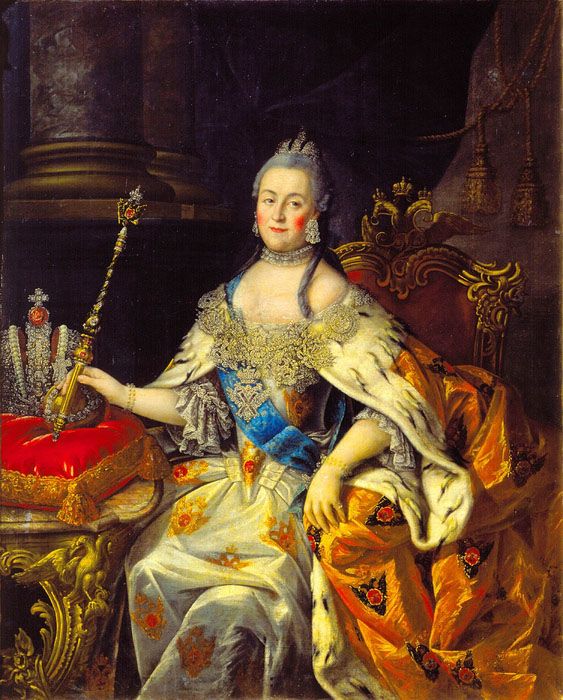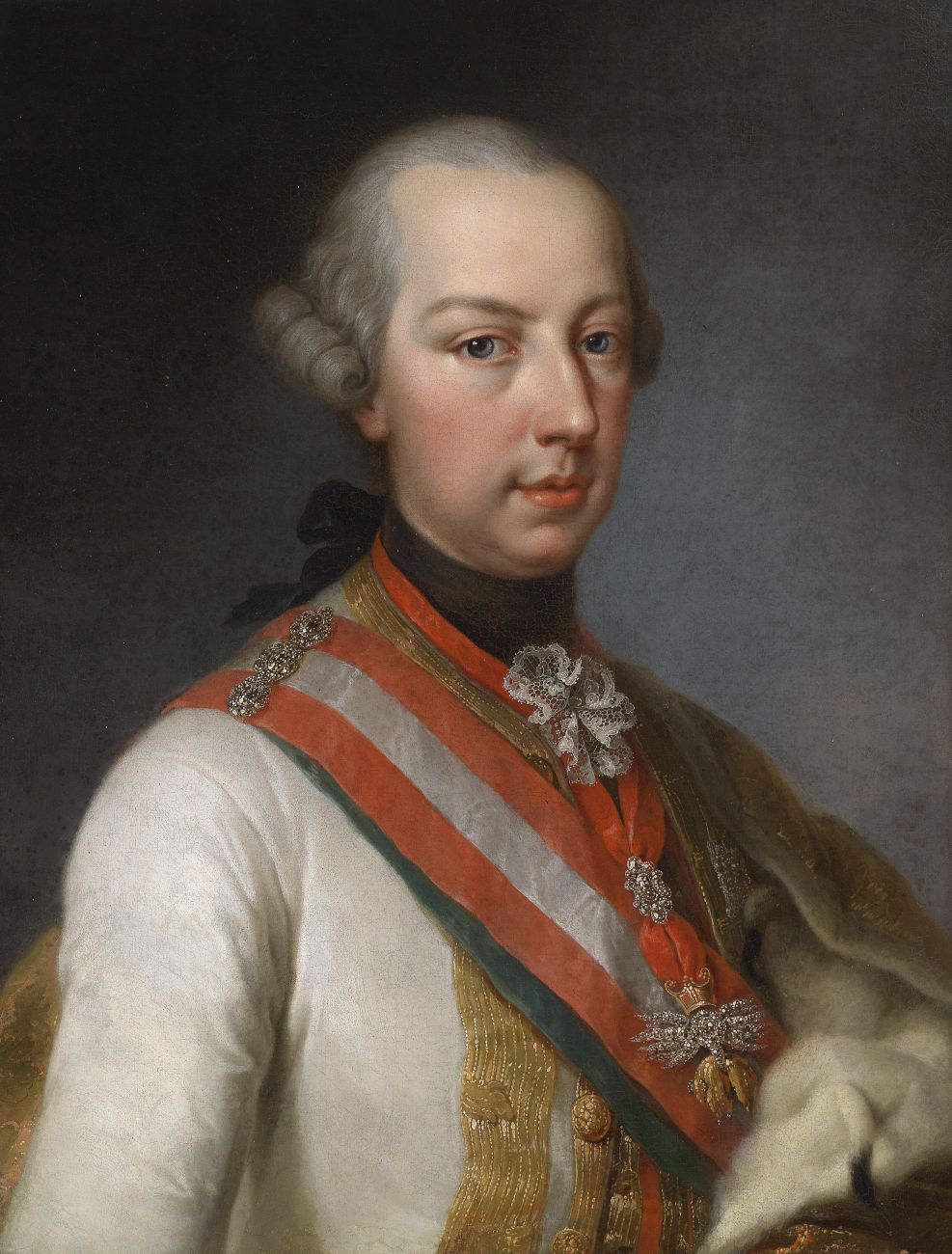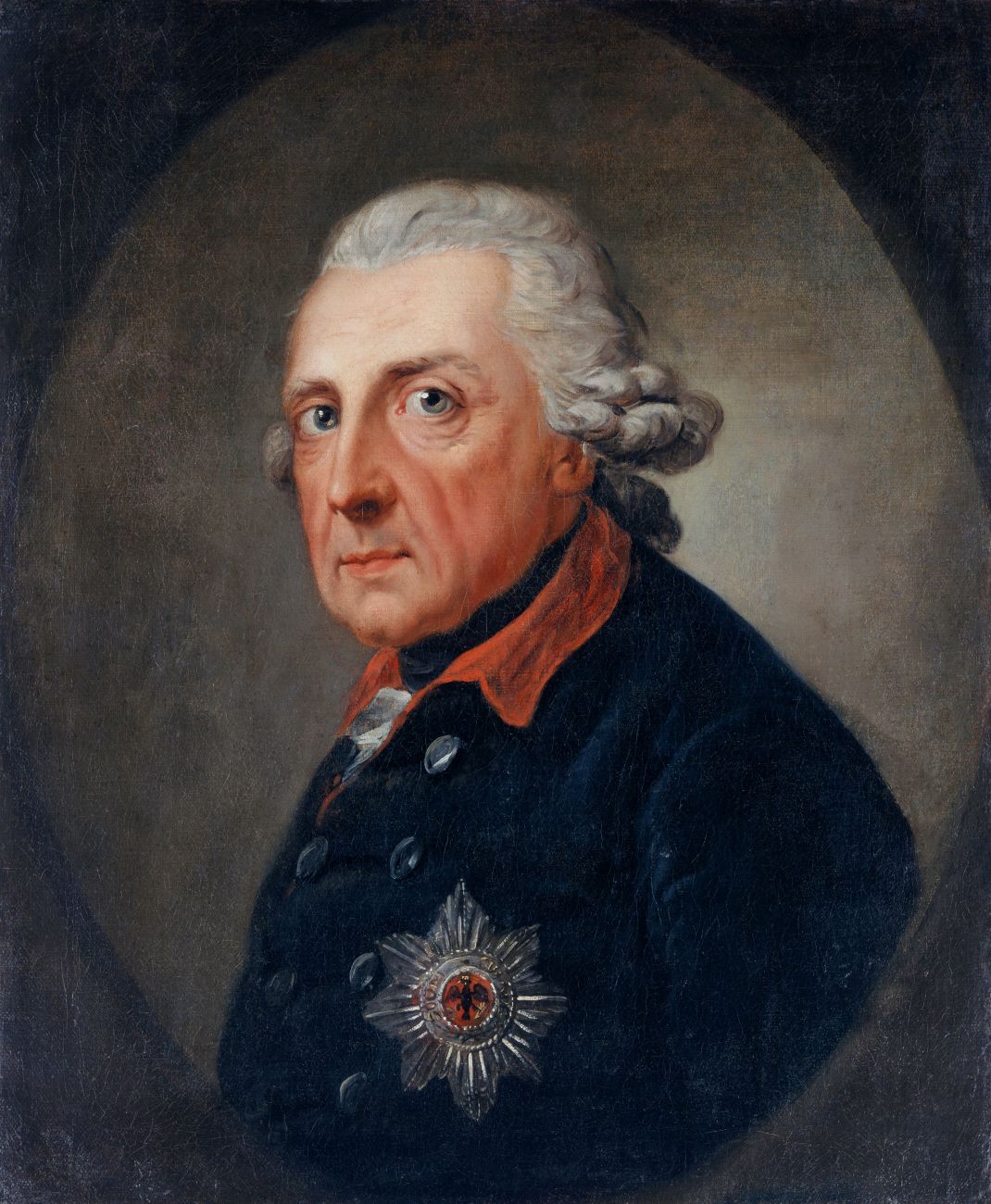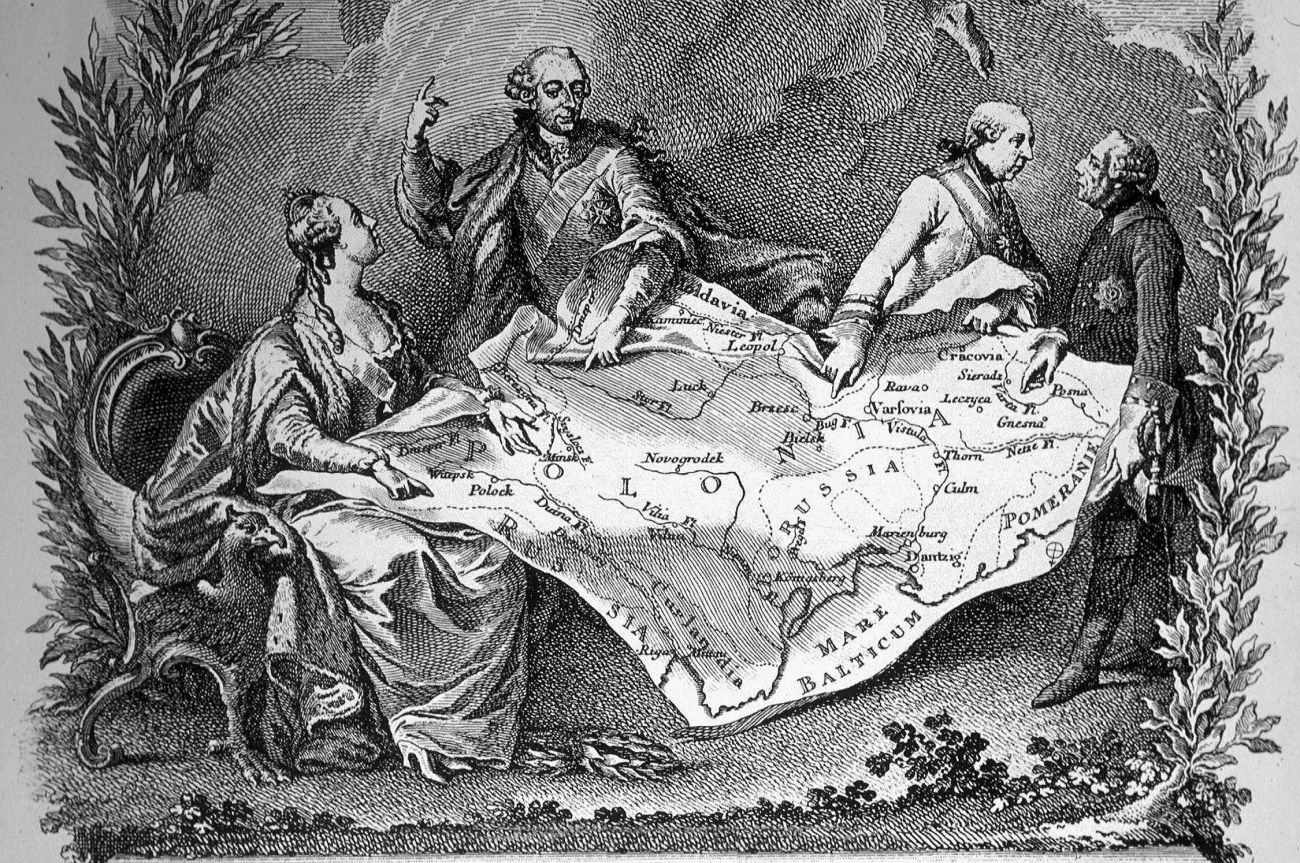
1772, 1793, 1795 Partitions of Poland
(Link to Video: Partitions of Poland V1)
The Polish-Lithuanian Commonwealth’s final crisis began in 1768 when the Bar Confederation, a group of aristocrats, rebelled against reform-minded King Stanisław II August Poniatowski. Internal conflict led to the First Partition of Poland in 1772, with Russia, Austria, and Prussia invading the Commonwealth and annexing prime territory.

In 1788, King Stanisław convened the Great Sejm to proclaim the Constitution of May 3, 1791, a date still commemorated by Polonia throughout the world as Constitution Day. As the second constitution in the world (after the United States), it established checks and balances and protected basic rights. It abolished the poisonous liberum veto and the election of kings; it created a large standing army, recognized the vast peasantry as part of the nation, and reaffirmed Poland’s long tradition of religious tolerance.
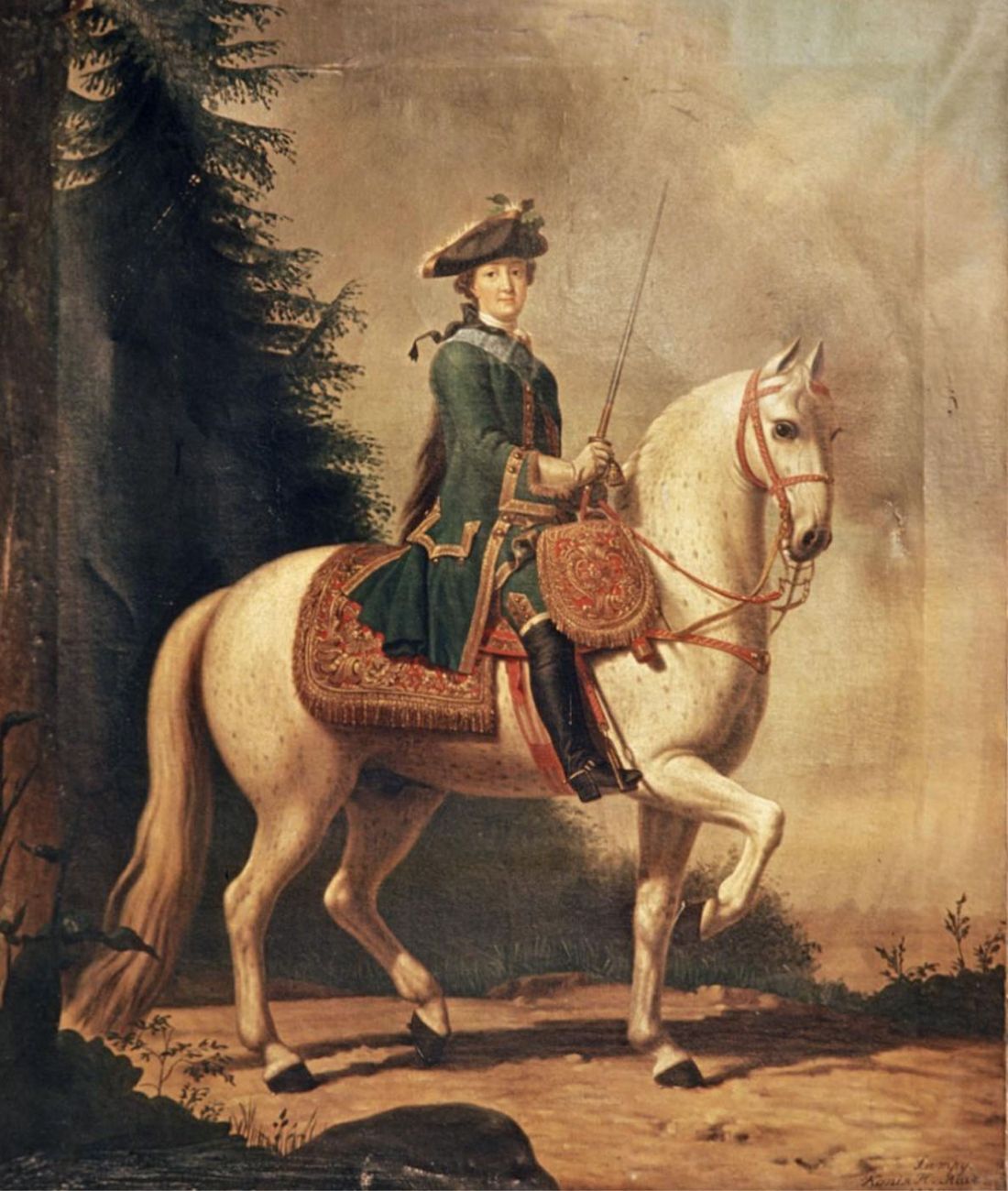
Alarmed at these revolutionary ideas, the nobles called on Russia’s Catherine the Great to intervene. The Second Partition followed in 1793, with Russia and Prussia taking large portions of the Commonwealth. Tadeusz Kościuszko, a military hero who had remained loyal to the king, led an uprising against Russia in 1794. The insurgency collapsed, and Prussia, Russia, and Austria made the Third Partition in 1795, effectively dissolving the Commonwealth. Stanisław, the last king of Poland and grand duke of Lithuania, abdicated the throne on November 25, 1795. Poland would not be an independent country again until 1918, the end of World War I.
